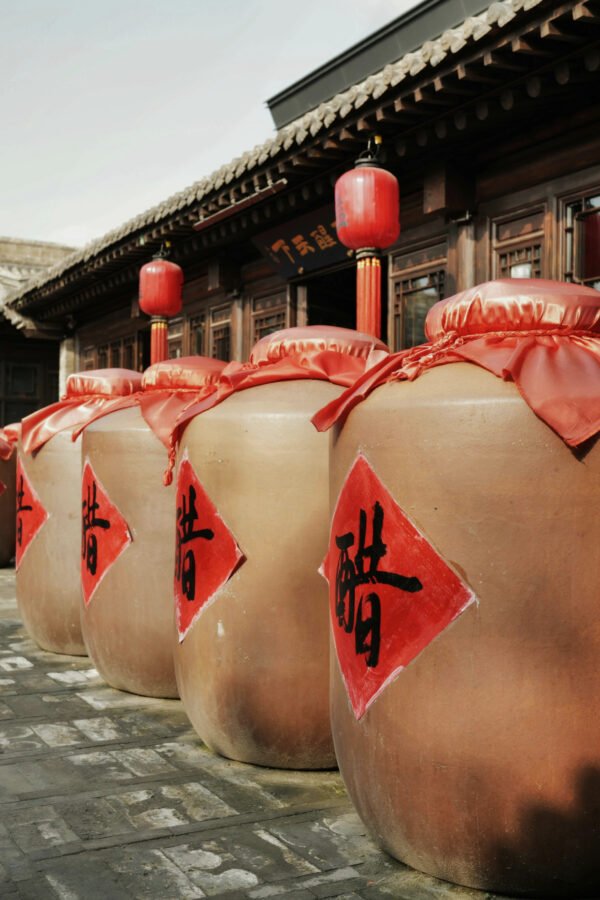No products in the cart.
Spices & Empires: How Flavor Shaped Trade, Culture & History
Long before gold and silver dictated economies, spices were the world’s true treasures—fueling exploration, shaping empires, and defining culinary traditions.
For centuries, these aromatic ingredients have influenced far more than food. Spices sparked global trade routes, inspired cultural exchange, and even ignited conflicts over their control. From the bustling spice markets of ancient Mesopotamia to the colonial conquests of European powers, spices have been at the heart of world history.
At Palette Synthi™, we celebrate the profound impact of spices—tiny yet powerful connectors of flavor, culture, and storytelling. This is the story of how cinnamon, pepper, nutmeg, and cloves shaped civilizations, transforming not only palates but also economies, traditions, and global connections.
Spices as Drivers of Exploration and Trade
Spices were so coveted in antiquity that they gave rise to some of the most extensive trade networks in history, connecting distant lands through commerce, migration, and cultural exchange.
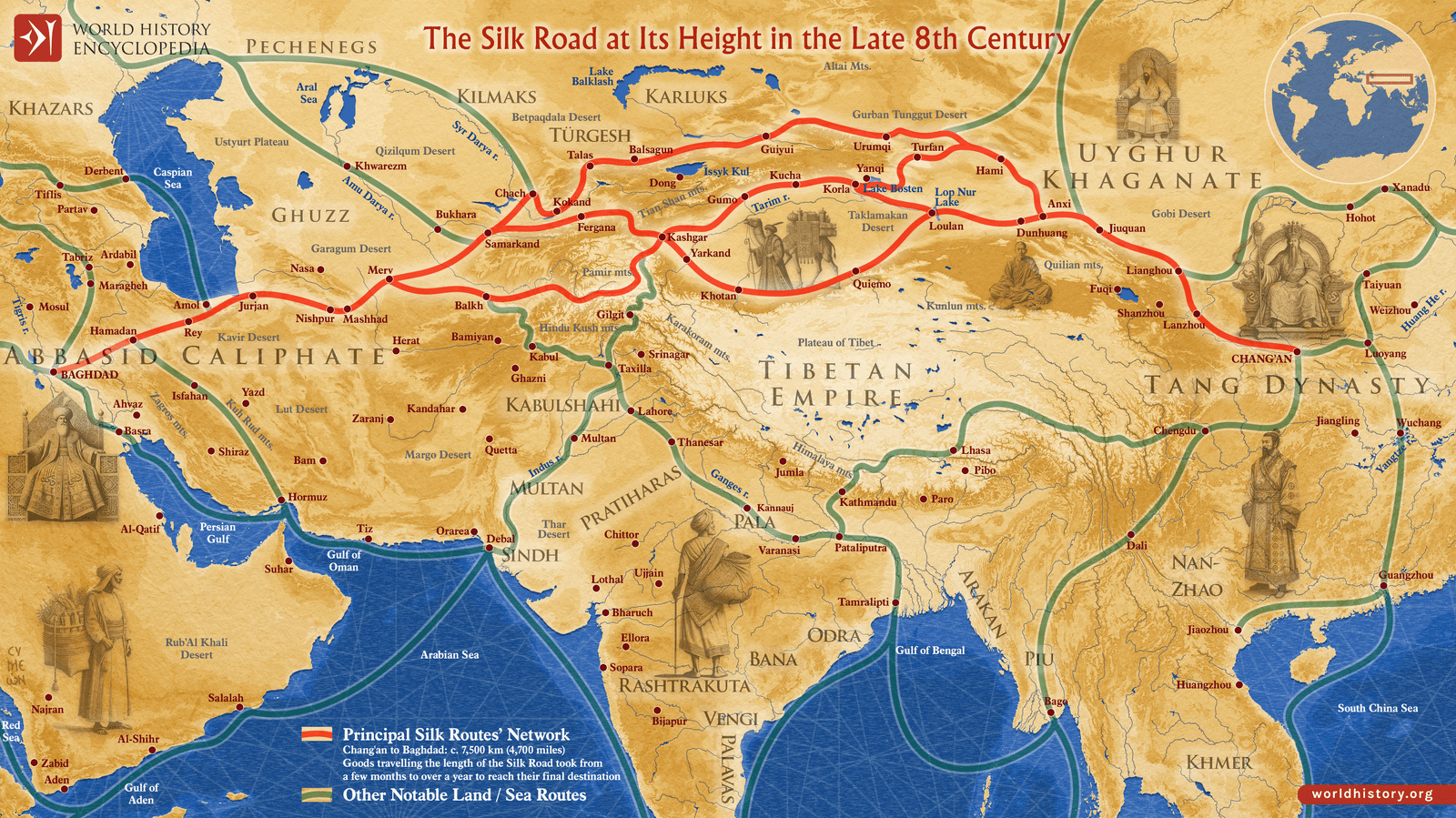
The Silk Road at Its Height in the Late 8th Century – This map illustrates the vast network of trade routes that connected the East and West, facilitating the exchange of spices, silk, and other valuable commodities. The Silk Road was instrumental in shaping global commerce, with goods taking months or even years to reach their final destinations, influencing cultures, economies, and cuisines along the way.
The Spice Routes: The First Global Trade Network
Known as the Maritime Silk Roads, the Spice Routes connected the East with the West, facilitating the exchange of far more than just flavor. These routes spread languages, religions, art, and medical knowledge, turning spice hubs into melting pots of civilization.
Key Players in the Spice Trade:
• India and Sri Lanka →The source of cinnamon, pepper, cardamom, and turmeric.
• The Spice Islands (Moluccas, Indonesia) → The world’s only known source of nutmeg and cloves for centuries.
• Arab Merchants → Dominated spice distribution, serving as early intermediaries between Asia and Europe.
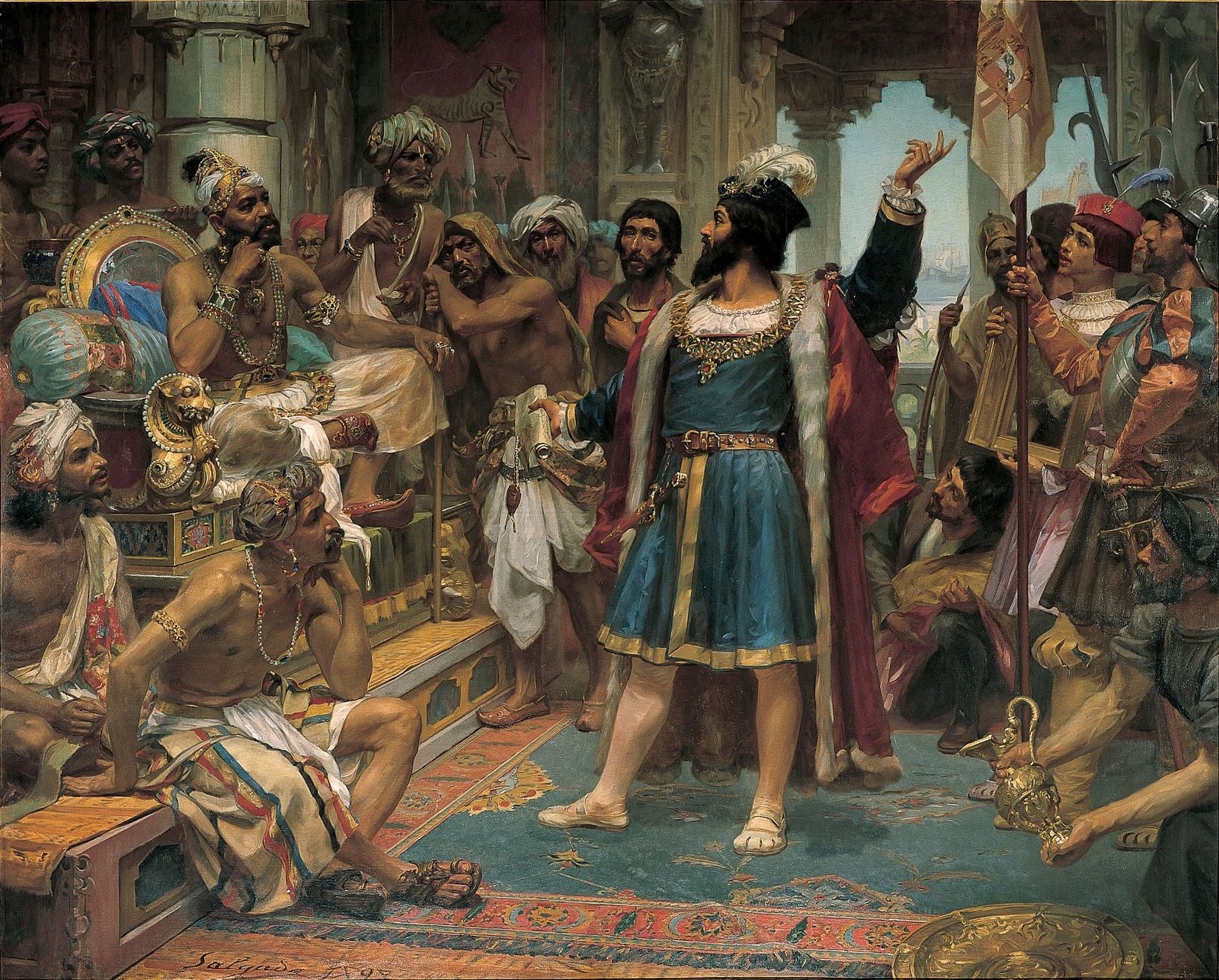
“Vasco da Gama Before the Samorin of Calicut” (1898) by Veloso Salgado – This painting depicts the pivotal first meeting between Portuguese explorer Vasco da Gama and the Zamorin of Calicut in 1498. Marking the beginning of direct European involvement in the Indian Ocean spice trade, the encounter disrupted established Arab and Indian trade networks, leading to both opportunity and conflict in the centuries that followed.
By 2000 BCE, cinnamon from Sri Lanka and cassia from China were already making their way to the Middle East. Over time, demand for these luxurious and rare flavors shaped global economies, making spices some of the world’s earliest and most sought-after commodities.
💡 Spices weren’t just ingredients; they were currency, status symbols, and even catalysts for war.
The Age of Exploration: Spices & the Race for Global Control
As the demand for direct access to spices grew, the world entered a new era—the Age of Exploration. European powers sought to bypass traditional Arab and Venetian spice traders, setting sail on ambitious journeys to control spice-rich regions.
1498: Vasco da Gama & the Opening of New Trade Routes
• Vasco da Gama’s voyage to India changed history—establishing a sea route around the Cape of Good Hope, cutting out middlemen, and allowing Europe to trade with Asia directly.
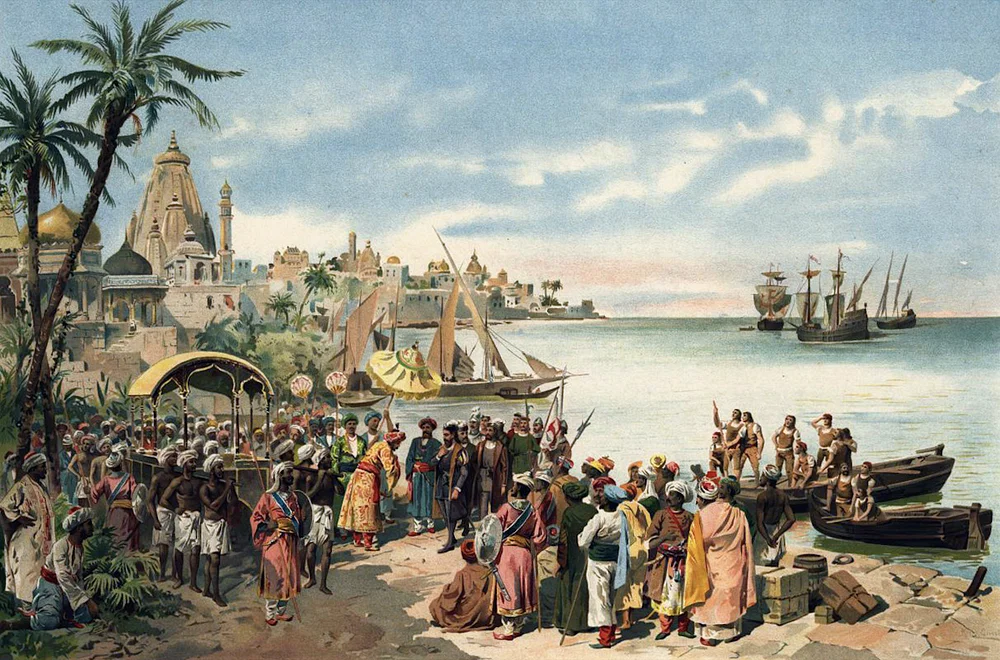
Vasco da Gama Arriving in Calicut, India, 1498 – This illustration by Alfredo Roque Gameiro depicts Vasco da Gama’s historic arrival in Calicut, where he established the first direct sea route between Europe and India. By navigating around the Cape of Good Hope, da Gama bypassed traditional overland trade networks, reshaping global commerce and marking the beginning of European dominance in the Indian Ocean spice trade.
• This reshaped global power dynamics, as Portugal, Spain, the Netherlands, and Britain vied for dominance in the lucrative spice trade.
Spices That Changed the World
• Black Pepper (“Black Gold”):
Once worth its weight in gold, black pepper fueled maritime trade, drove European expansion, and became a symbol of power and wealth.
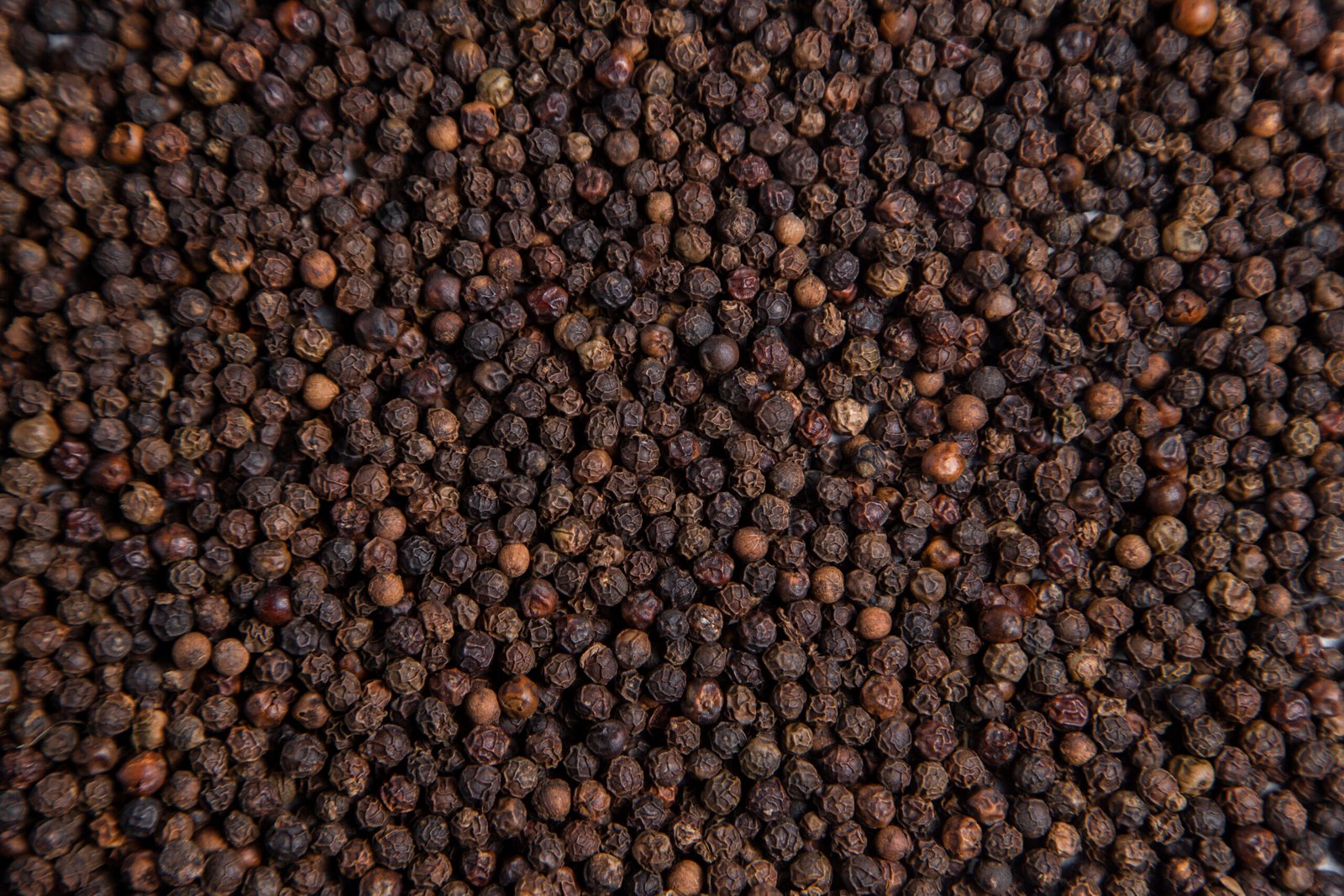
Black Pepper – Known as the “King of Spices,” black pepper was a driving force behind European exploration. Native to India’s Malabar Coast, its intense heat and bold flavor made it a sought-after commodity in ancient Rome and medieval spice markets.
• Nutmeg & Cloves:
Grown exclusively in the Moluccas, these spices were so valuable that European powers fought brutal battles for control.
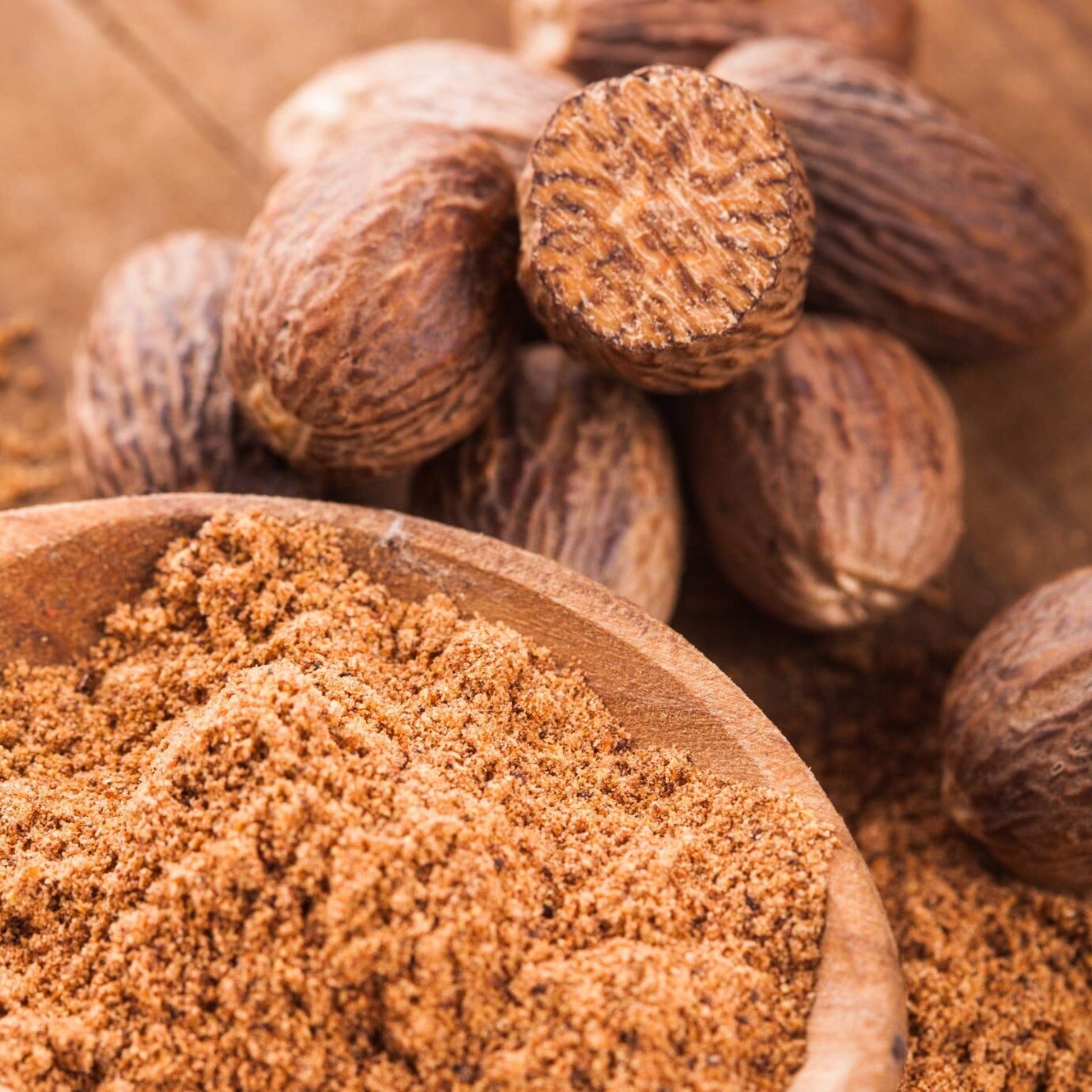
Nutmeg
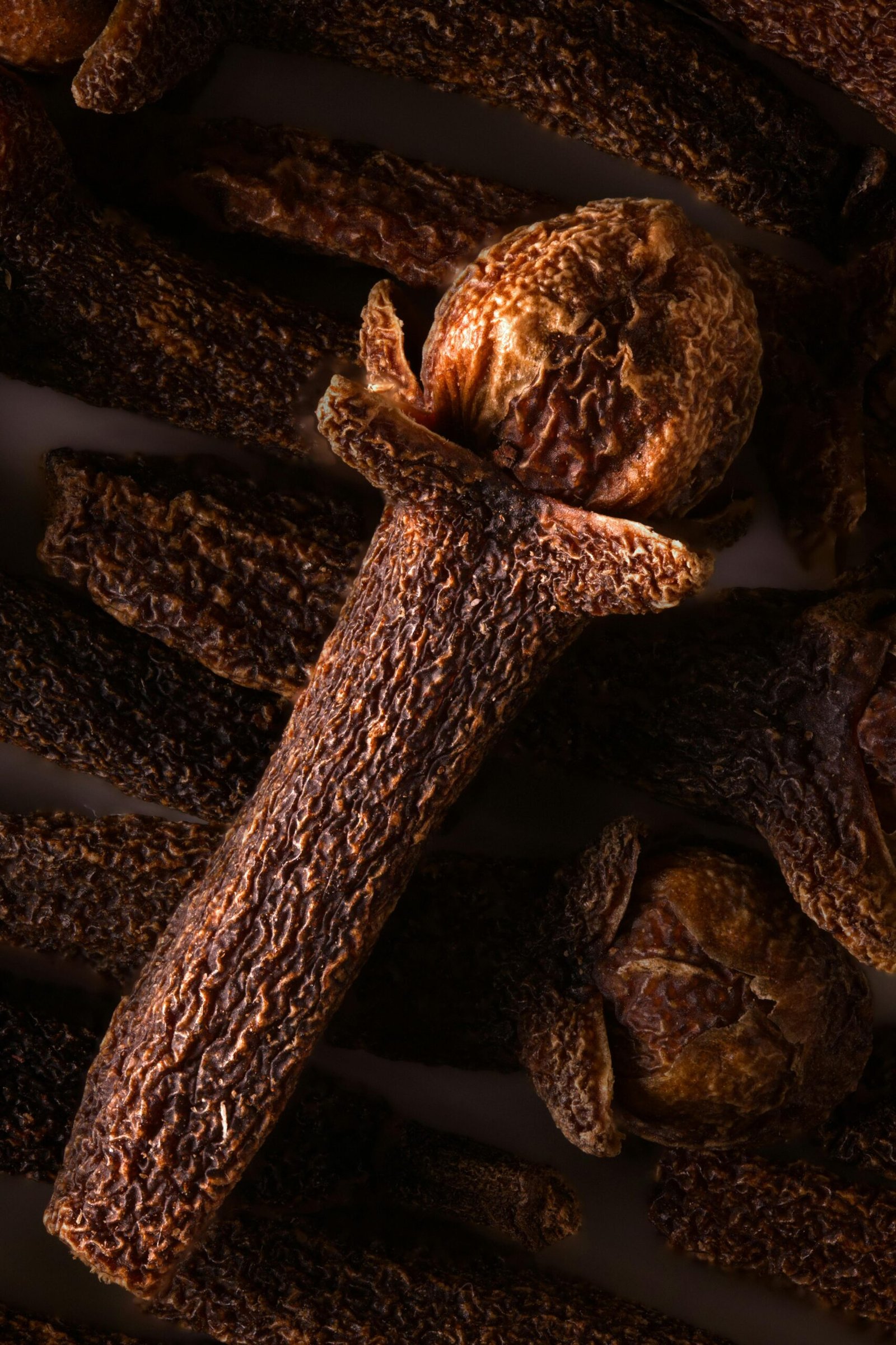
(1) Nutmeg –Hailing from the Banda Islands of Indonesia, nutmeg was once so rare that it sparked colonial conflicts. Coveted for its warm, aromatic profile, it was believed to have medicinal properties and became a staple in European kitchens.
(2) Cloves – Native to the Maluku Islands of Indonesia, cloves were prized in ancient Chinese, Indian, and European societies. Their potent, sweet-spicy aroma not only enhanced food but also played a role in traditional medicine and trade wars.
• Cinnamon:
So coveted in Europe that it fueled trade wars, dictated colonial policies, and even reshaped global economic power structures.

Cinnamon – Once more valuable than gold, cinnamon was highly prized in ancient Egypt and medieval Europe. Sourced primarily from Sri Lanka and Southeast Asia, this aromatic bark fueled global trade and inspired countless culinary traditions.
💡 The spice trade didn’t just shape economies—it rewrote world maps, influenced geopolitics, and left lasting legacies on global cuisine.
The Cultural Impact of Spices: Beyond the Kitchen
Spices didn’t just enhance flavors—they transformed entire cuisines, healing practices, and religious traditions.
Culinary Revolutions Sparked by Spices
Spices infused complexity into dishes, giving rise to signature global flavors:
• India:
The development of garam masala, a warm, aromatic blend that became a cornerstone of Indian cuisine.
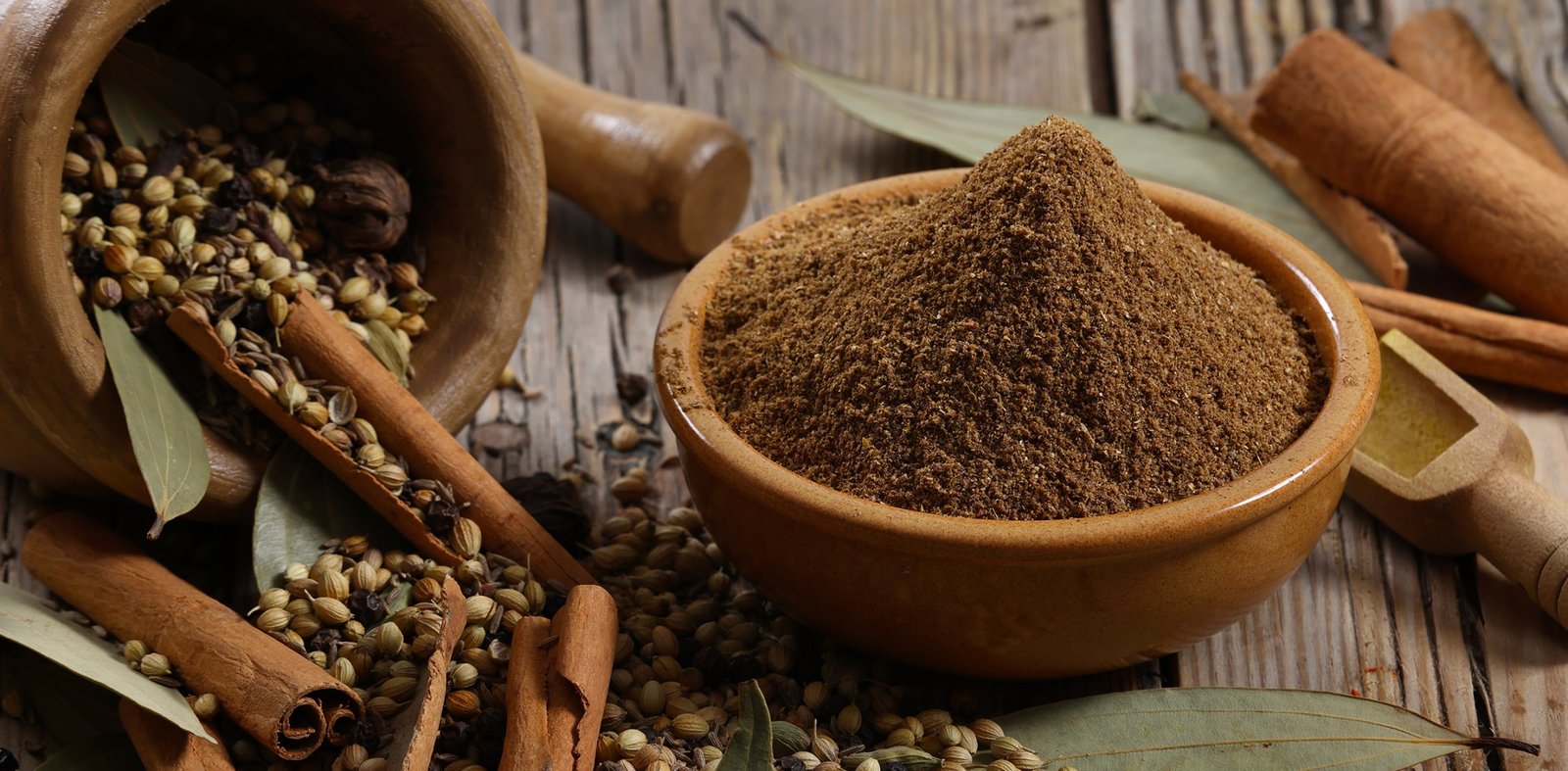
Garam Masala – A fragrant blend of warming spices, Garam Masala is a cornerstone of Indian cuisine. With variations across regions, this mix often includes cumin, coriander, cardamom, and cloves, adding depth and complexity to curries, stews, and grilled dishes.
• Middle East:
The rise of za’atar and baharat, spice mixtures that enriched meats, stews, and breads.
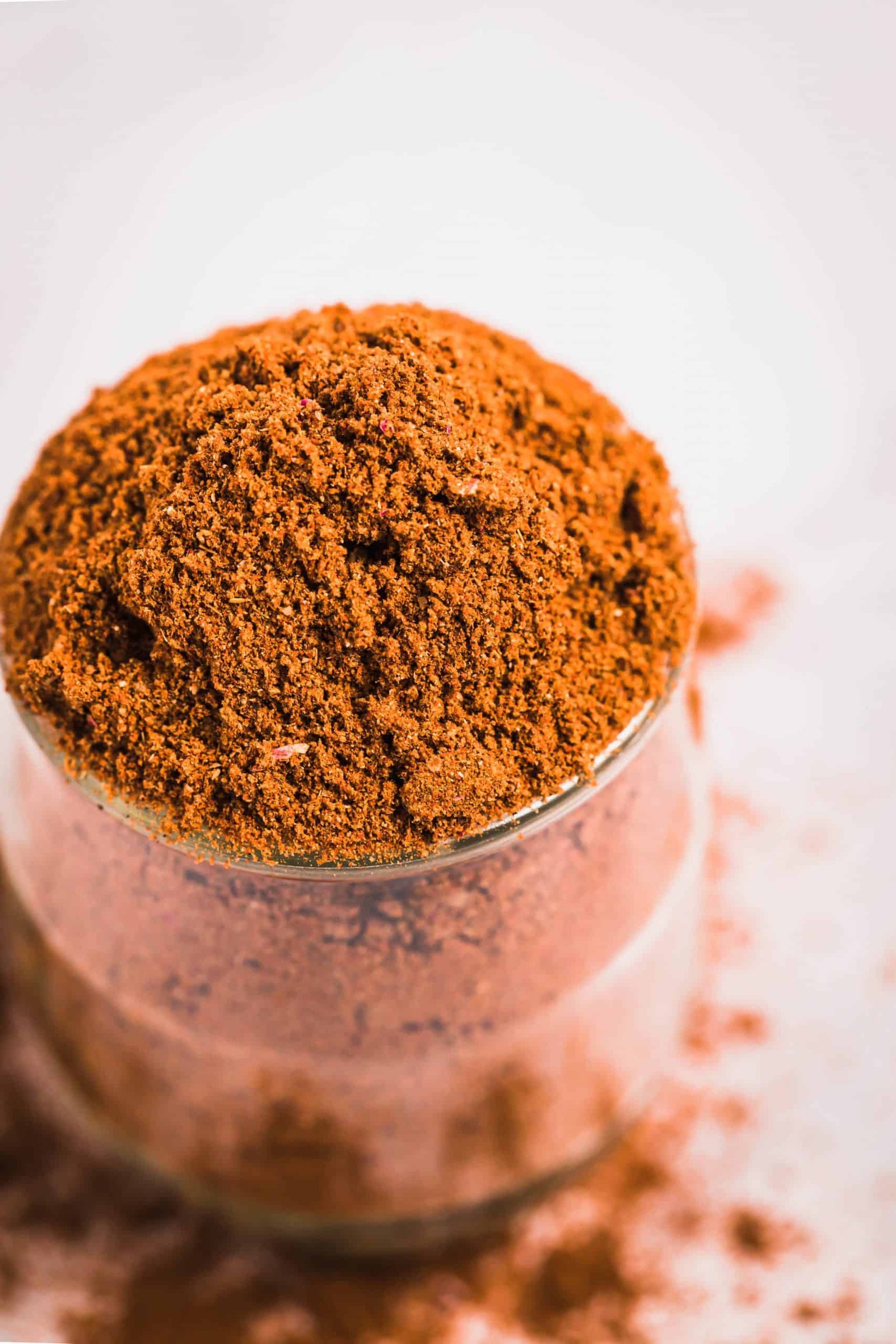
Baharat – A rich and aromatic spice blend, Baharat is the heart of Middle Eastern and North African cooking. Combining black pepper, paprika, cinnamon, and nutmeg, it lends warmth and depth to meats, rice dishes, and soups, reflecting the region’s spice-laden history.
• Europe:
The introduction of mulled wines, spiced pastries, and cinnamon-infused desserts, shaping festive traditions.
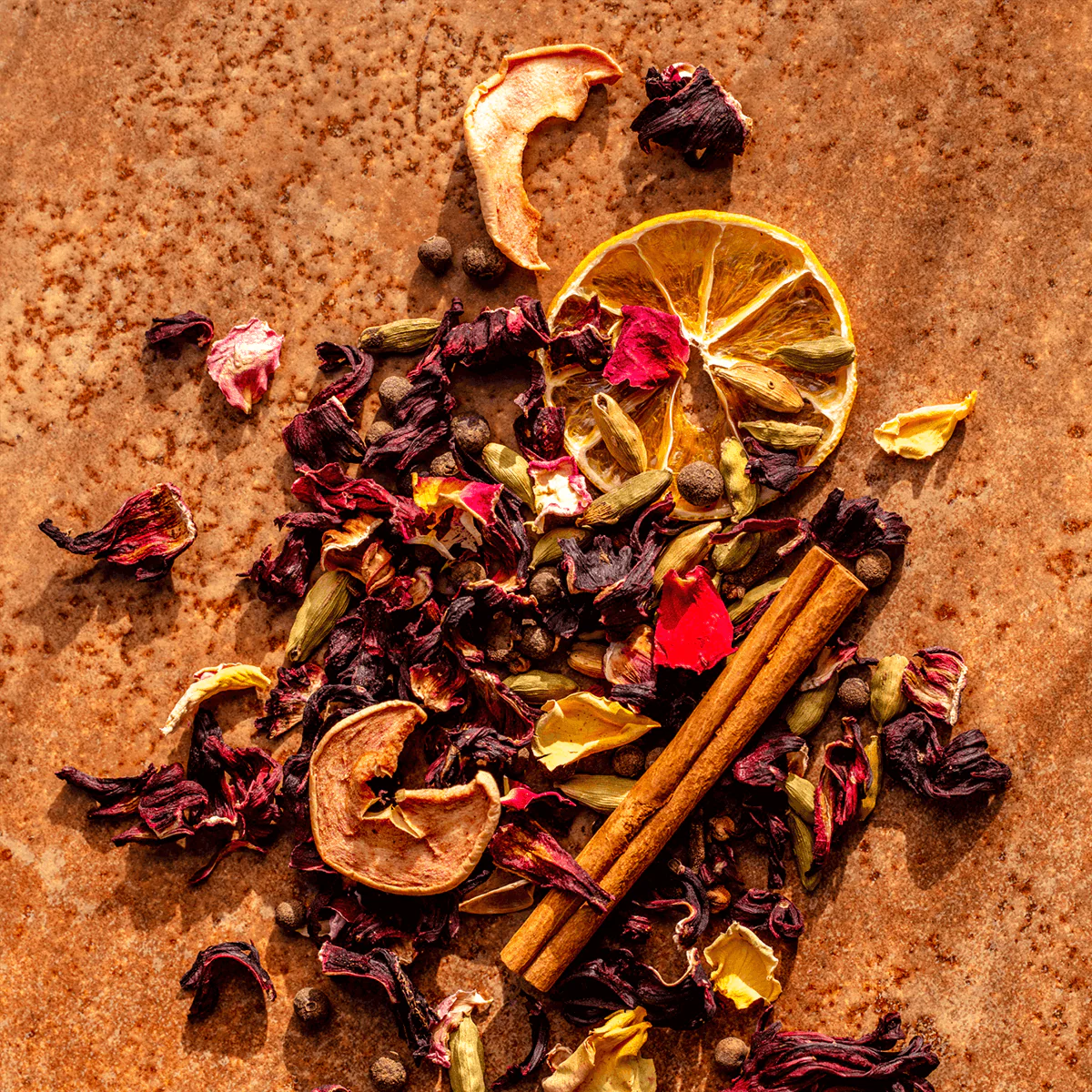
Mulling Spice – A cozy, aromatic blend of cinnamon, cloves, allspice, and nutmeg, mulling spices have been used for centuries to infuse warmth into cider and wine. Popular in Europe and North America, they evoke the comforting flavors of autumn and winter festivities.
• Mexico:
The creation of mole sauce, a rich, complex blend of spices, chiles, and chocolate.
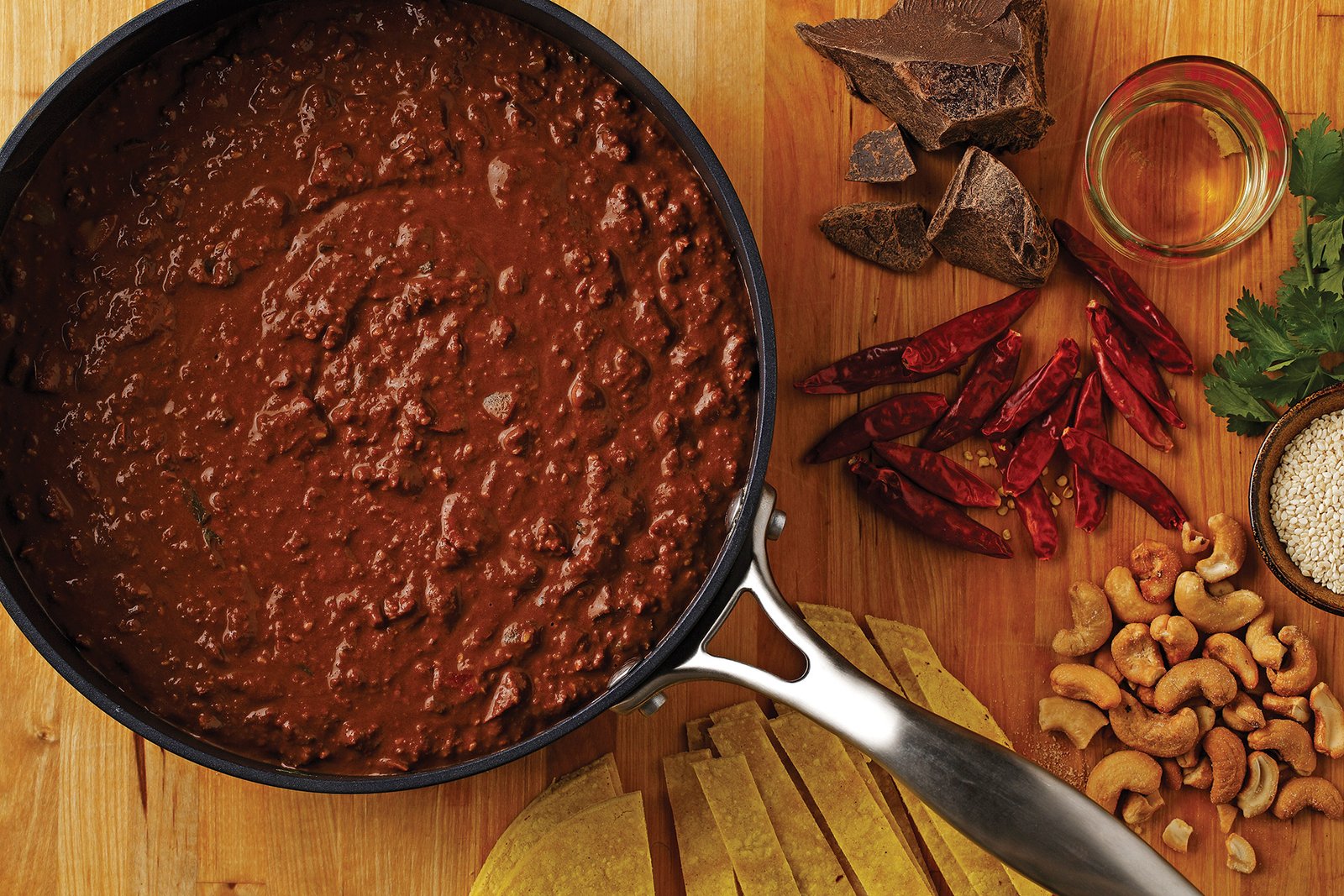
Mole Sauce – A complex and velvety sauce, mole blends indigenous and Spanish influences, combining chili peppers, chocolate, nuts, and spices into a deep, savory-sweet masterpiece. From Mole Poblano to Mole Negro, its variations are a testament to Mexico’s rich gastronomic heritage.
• Indonesia:
The layering of spices in rendang, a slow-cooked, spice-infused beef dish considered one of the world’s greatest culinary creations.
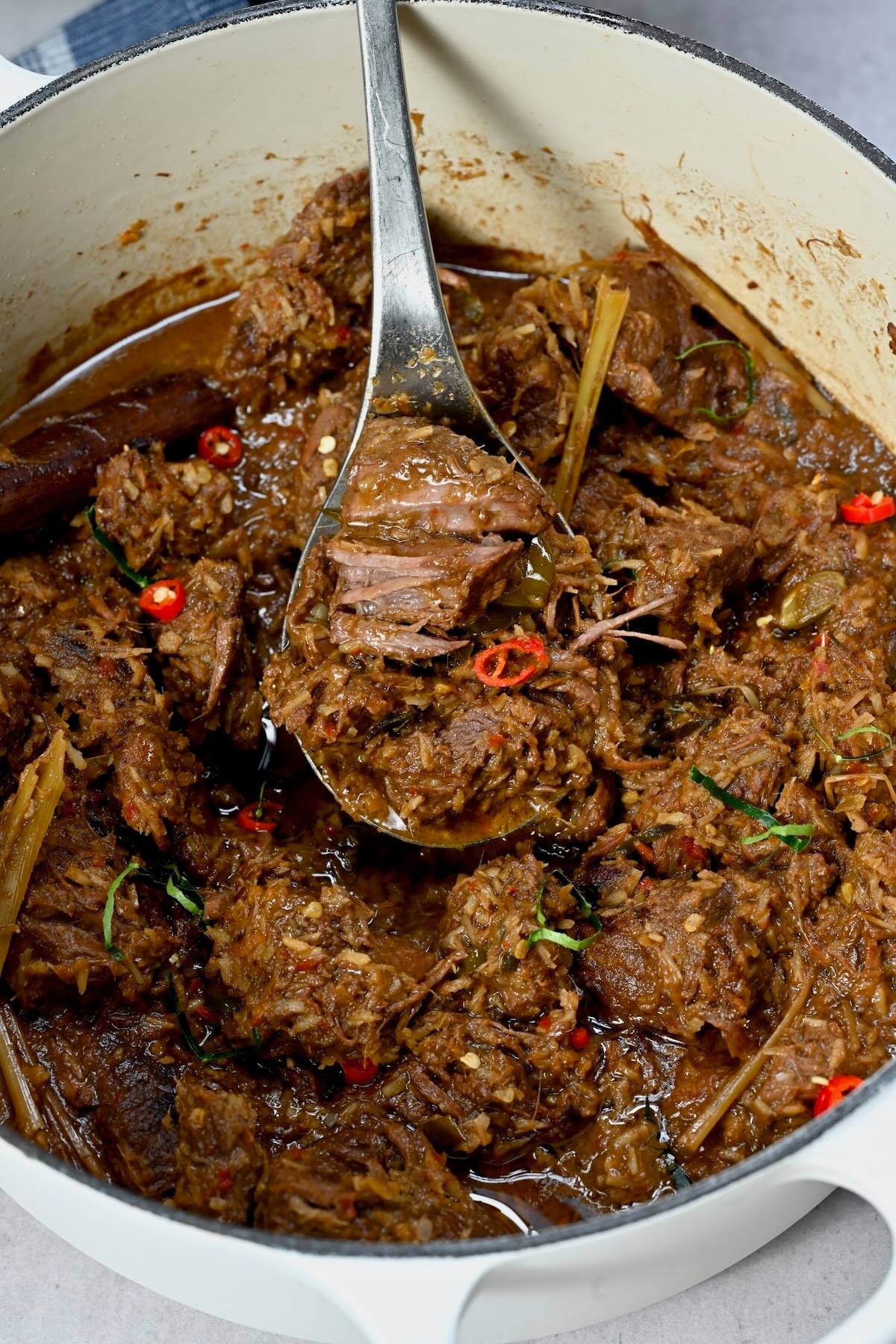
Rendang – Hailing from Indonesia’s Minangkabau culture, Rendang is a slow-cooked beef dish infused with a rich medley of coconut milk and aromatic spices like galangal, turmeric, and lemongrass. Once a ceremonial dish, its deep, complex flavors have made it a globally celebrated delicacy.
💡 Spices are the foundation of culinary identity, shaping regional food traditions that endure to this day.
Beyond the Kitchen: Spices in Medicine & Rituals
• Turmeric:
A staple in Ayurvedic and Chinese medicine, celebrated for its anti-inflammatory properties.
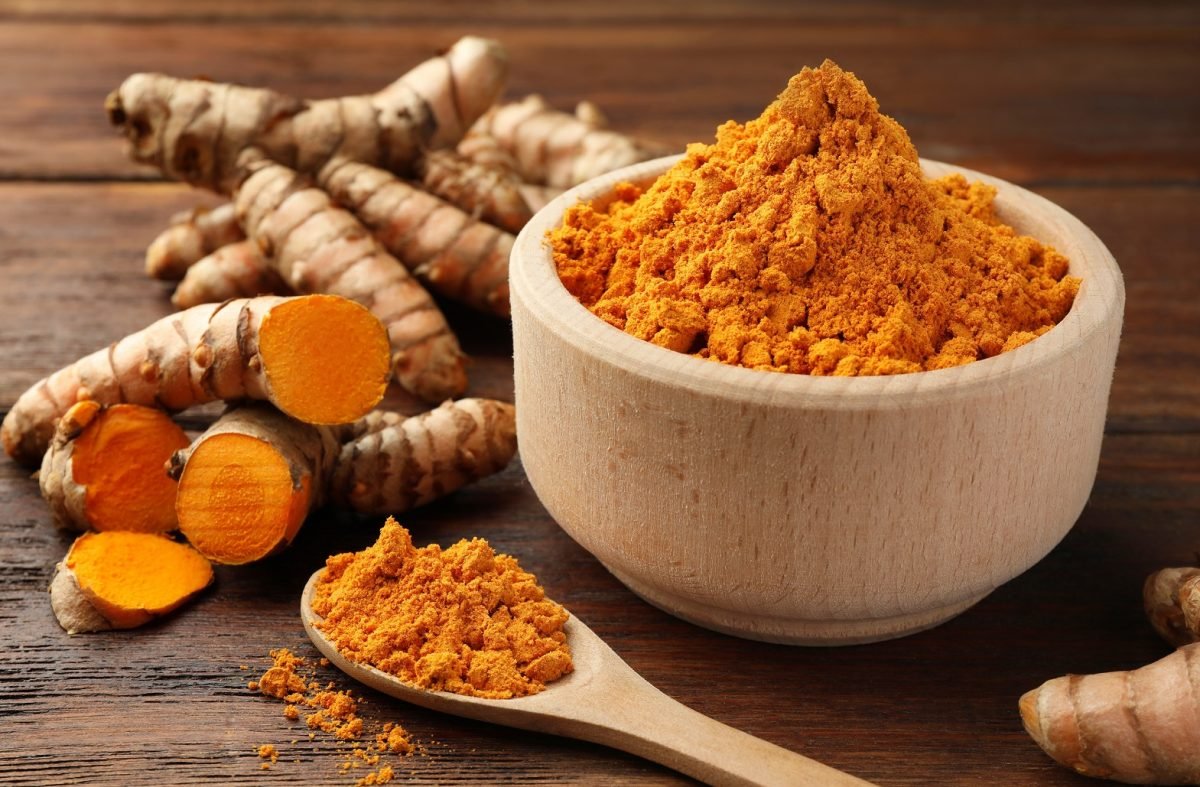
Turmeric – Golden and revered, turmeric has been a cornerstone of Ayurvedic and Chinese medicine for centuries. Rich in curcumin, it’s prized for its anti-inflammatory and healing properties, used in both medicinal remedies and sacred rituals.
• Frankincense & Myrrh:
Essential in religious ceremonies across ancient Egypt, Greece, and the Christian world.

Frankincense & Myrrh – Once worth their weight in gold, frankincense, and myrrh were integral to ancient religious and healing practices. From Egyptian embalming rituals to Christian offerings, these resins have been cherished for their spiritual significance and medicinal benefits.
• Clove Oil:
Used as an early anesthetic in dentistry, valued for its medicinal properties.
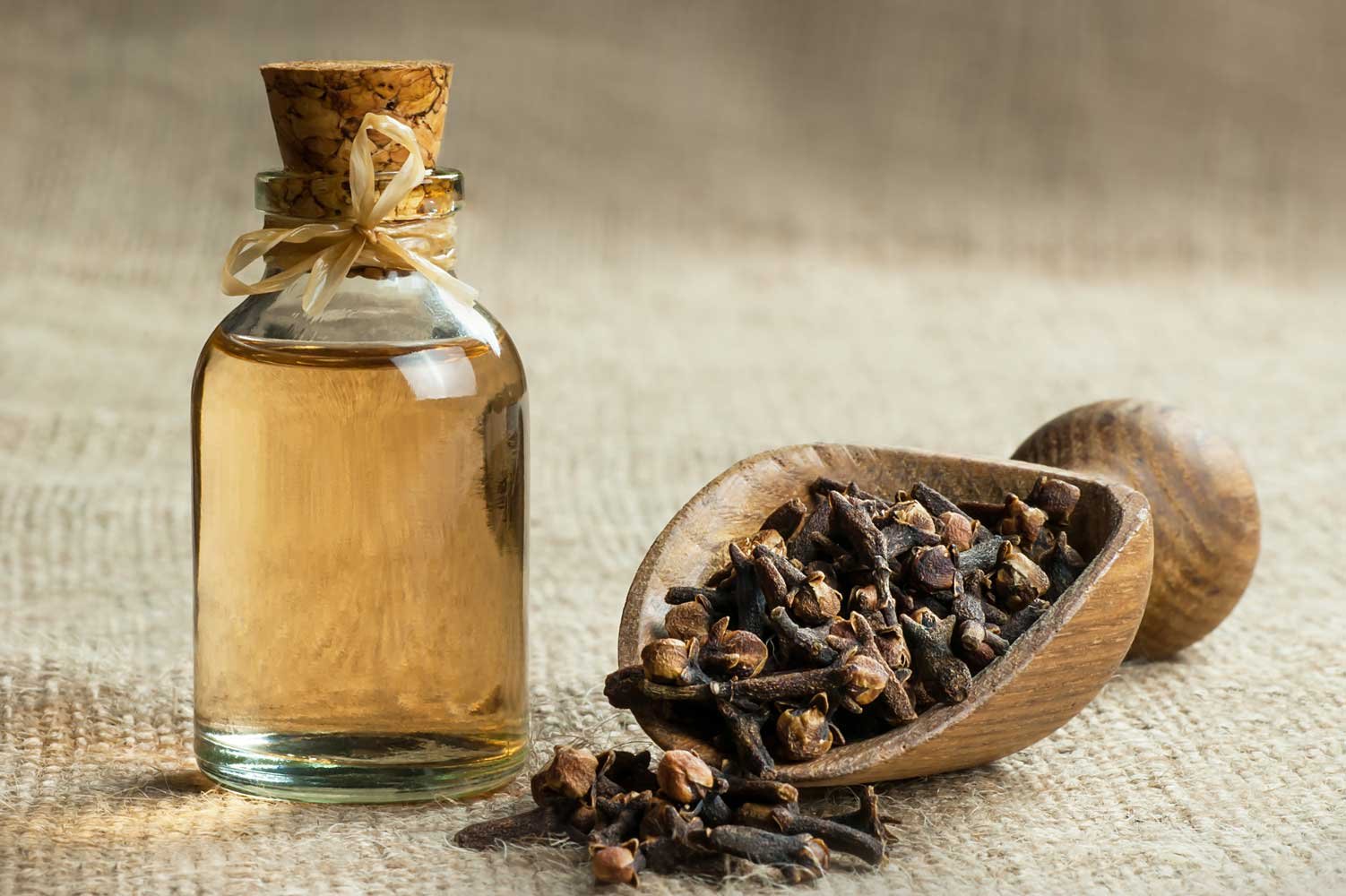
Clove Oil – A powerful natural remedy, clove oil has been used in traditional medicine for pain relief, particularly in dentistry. With its strong antiseptic and numbing properties, it has soothed toothaches and ailments for centuries.
💡 For centuries, spices were prized not just for taste—but for their healing, spiritual, and cultural significance.
The Modern Legacy of the Spice Trade
The global exchange of spices has led to a fusion of culinary traditions, forever changing how we experience food.
Colonial-Era Influence on Modern Cuisines
• Curry in the United Kingdom:
Introduced via British colonial rule in India, now a staple in British cuisine.
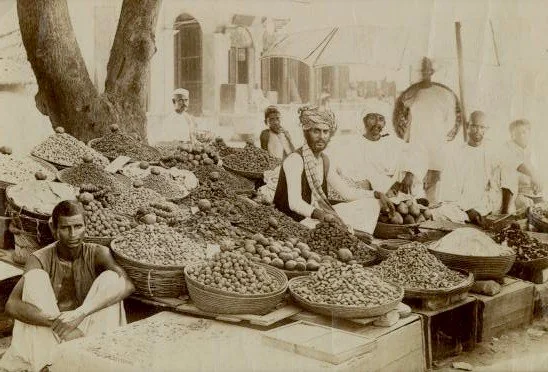
Spice Market in India, 1875 – A bustling trade hub, this market overflows with turmeric, cardamom, cumin, and saffron. Spices were more than ingredients—they symbolized wealth, power, and India’s deep ties to global commerce.
• Cinnamon Buns in the Netherlands & Scandinavia:
Inspired by spices brought back from Sri Lanka and Indonesia.
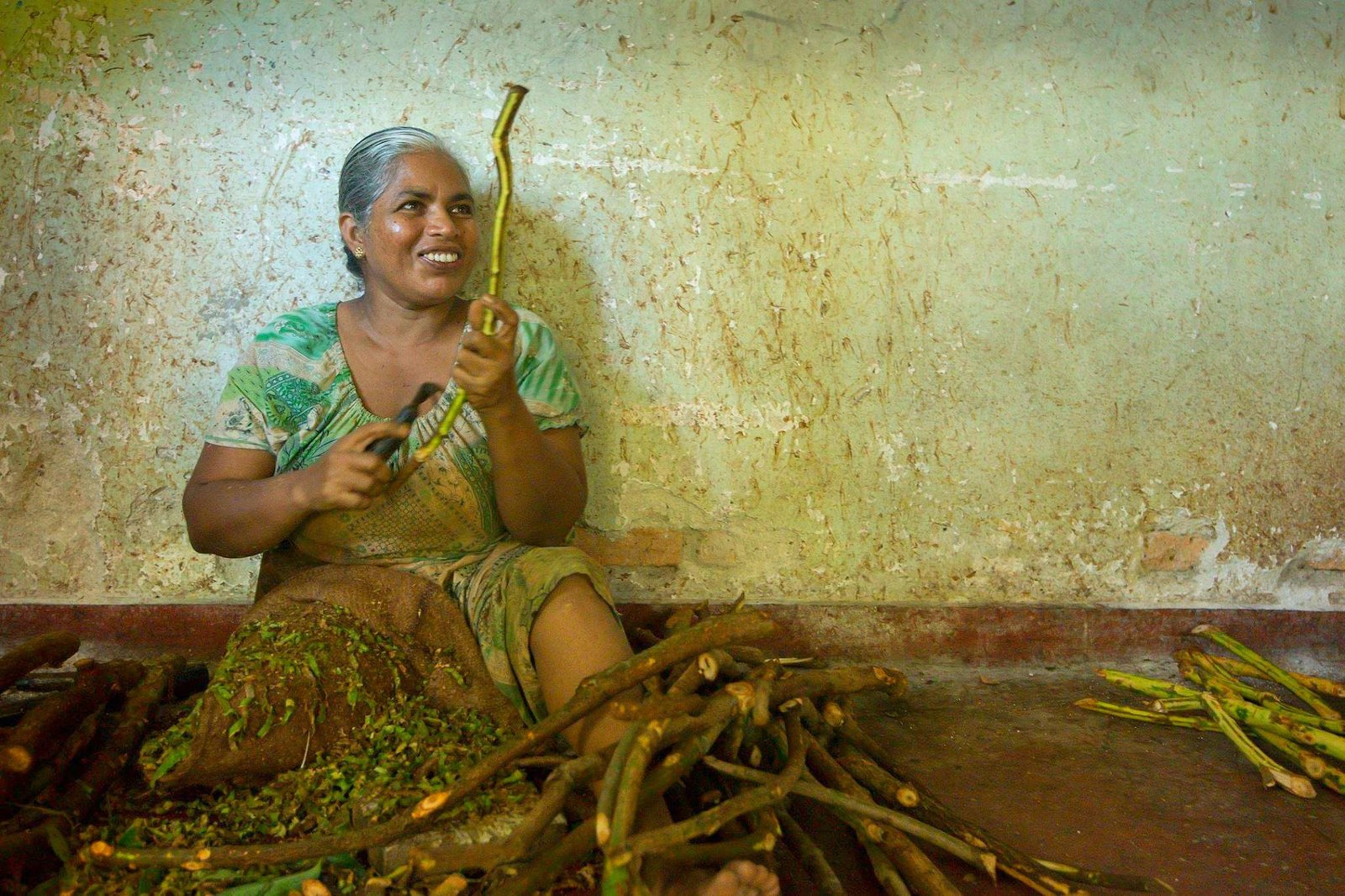
Sri Lankan Woman Scrapping Harvested Cinnamon – Brett Davies / Flickr
• The Caribbean’s Love for Allspice & Nutmeg:
Traced back to colonial-era spice trade routes.
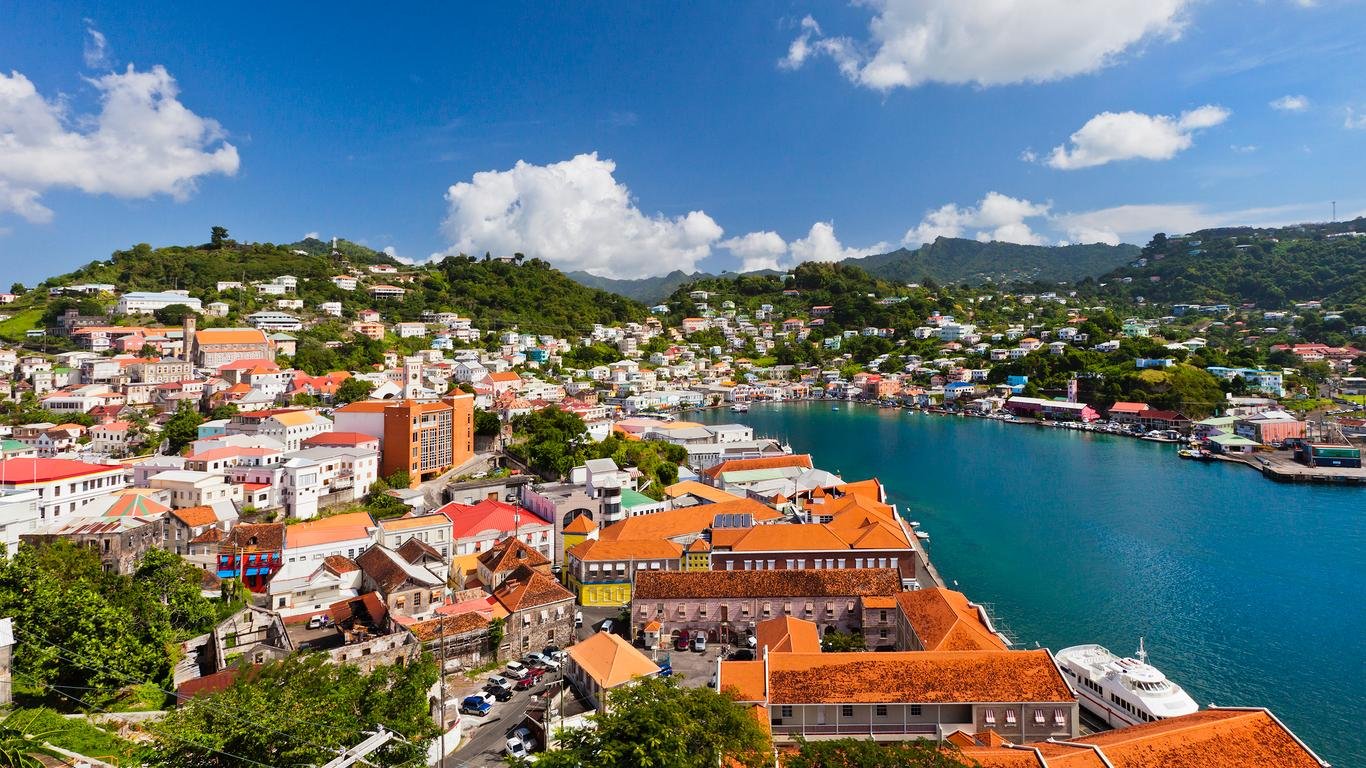
Grenada (The Spice Island) – Renowned for its lush spice plantations, Grenada played a key role in the Caribbean spice trade. As a major exporter of nutmeg, mace, cloves, and cinnamon, the island’s rich, fragrant harvests earned it the title “Spice Island,” shaping its economy and cultural heritage.
💡 Many beloved dishes today are the direct result of historical spice exchanges, showcasing how flavors transcend borders.
A Renaissance of Ethical & Sustainable Spice Sourcing
In today’s culinary world, there is a renewed focus on high-quality, ethically produced spices. Conscious consumers seek:
• Fairtrade spices that support small-scale farmers.
• Single-origin spices that highlight terroir and traditional processing methods.
• Culinary storytelling that connects spices to their cultural and historical roots.
At Palette Synthi™, we honor this legacy, creating immersive stories and experiences that celebrate the timeless relationship between spices, culture, and cuisine.
The Flavor of History: Spices as a Living Legacy
From ancient trade routes to modern kitchens, spices carry the stories of empires, explorers, and culinary artisans. They remind us that flavors are more than just taste—they are cultural artifacts, bridges between traditions, and testaments to human ingenuity.
Every time we sprinkle cinnamon on our morning toast or add a dash of pepper to a dish, we are participating in a ritual that has spanned millennia—a flavorful connection to history.
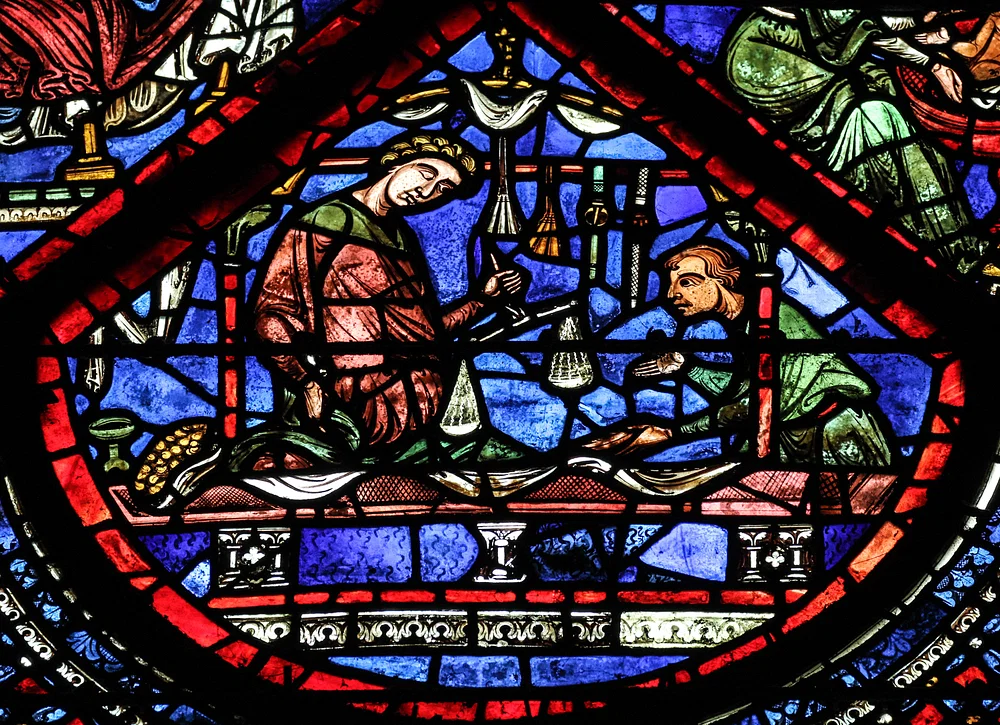
Medieval Spice Merchant, 13th Century – A stained glass detail from Chartres Cathedral, France, depicting a spice vendor. In medieval Europe, spices were highly valued commodities, traded through bustling markets and guilds that helped shape the economy and culture of the time.
What’s your favorite spice blend or spice-infused dish?
Share your culinary adventures with #PaletteSynthi and join our Global Spice Legacy Showcase—a celebration of the flavors that have shaped civilizations.
From the spice-laden caravans of ancient Mesopotamia to the bustling markets of today, spices have not only defined flavors but have also shaped history itself. Their journey is far from over—every dish, every culture, and every generation adds a new chapter to their timeless story.





